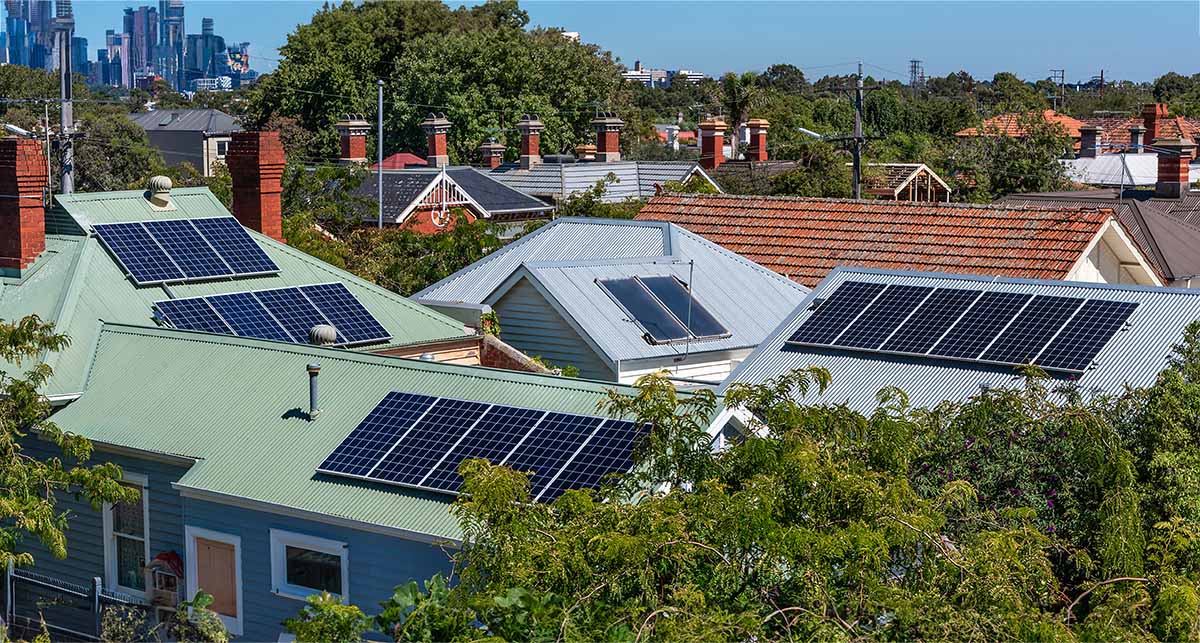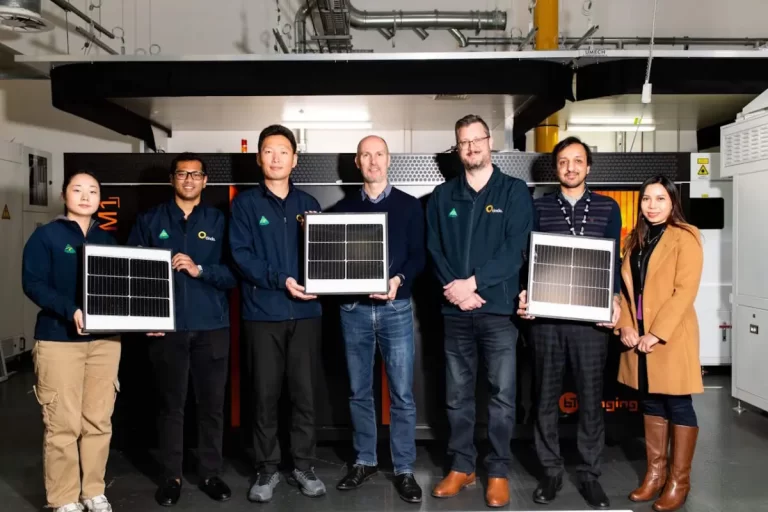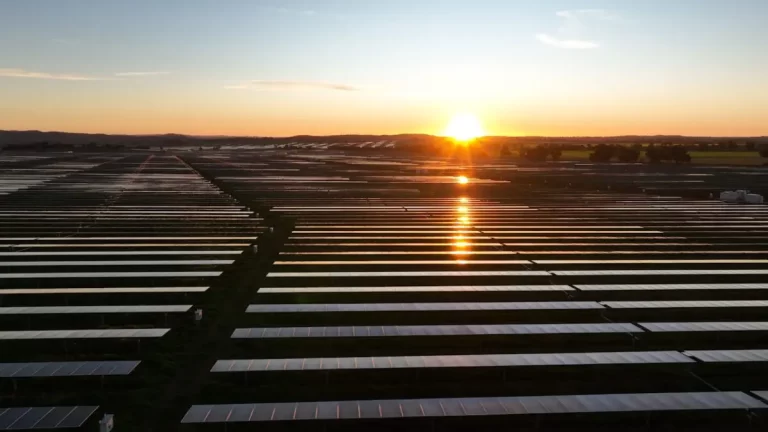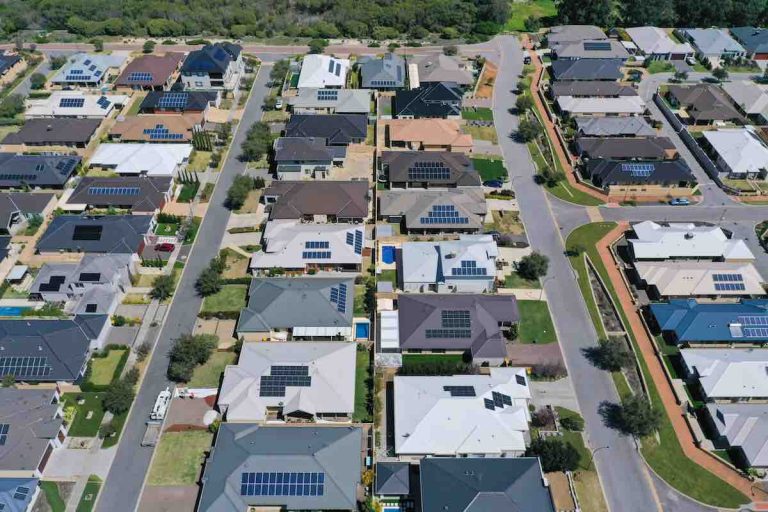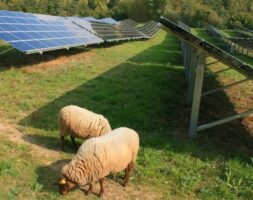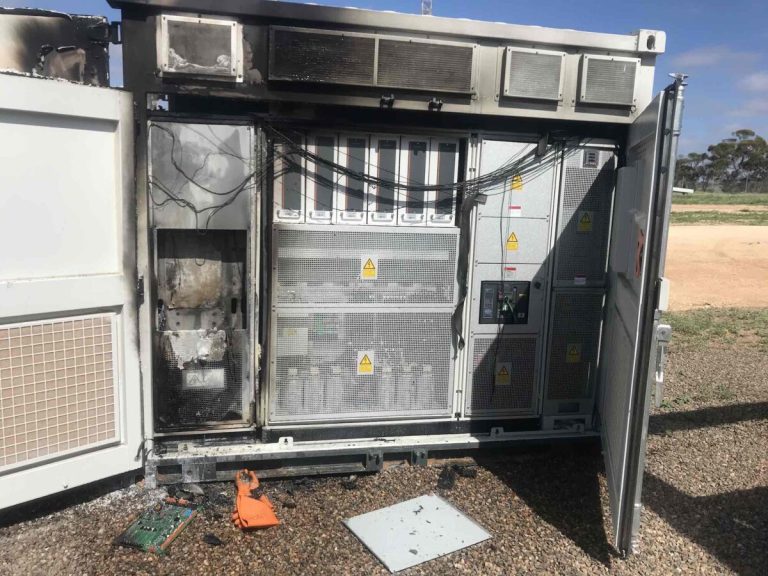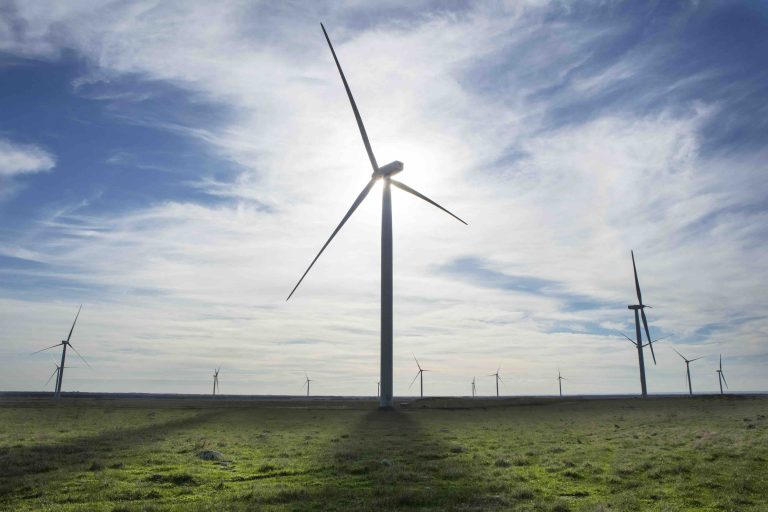Rooftop Solar Hits Record Output, Challenging Coal Generators
On Wednesday, rooftop solar installations across homes and businesses made a significant impact on the traditional energy supply, achieving a remarkable output of 15,597 megawatts (MW) at noon AEST. This new record surpassed the previous high set earlier in the month by over 500 MW, pushing the combined market share of rooftop solar and large-scale solar on Australia’s main grid to an unprecedented 71.5% during that time.
Data from GPE NEMLog indicates that this achievement eclipses the previous record established more than a year ago, coinciding with minimal wind energy generation at that moment.
State-Specific Solar Achievements
This week also saw rooftop solar set new output records in New South Wales (NSW) with 5,549 MW and Victoria with 3,818.7 MW. Additionally, several states recorded significant battery charging milestones, with NSW nearing the 1 gigawatt mark at 999 MW. The influence of these developments is becoming increasingly evident on the grid.
As reported, some coal generators are now adopting a “two shifting” strategy, turning off their units at the start of the day and restarting them in the late afternoon when rooftop solar output diminishes. Major coal generators, particularly in NSW, are having to reduce their output significantly, with some cutting back by over 80%. On Wednesday, three units at Eraring, Bayswater, and Vales Point were offline for maintenance, while the remaining units operated at only a fraction of their capacity.
Future of Coal Generation and Battery Integration
The record-breaking rooftop solar output comes as Origin Energy, the operator of the 2.88 GW Eraring facility, suggested that the closure of the country’s largest coal generator, initially slated for August 2027, may be postponed until 2029. With rooftop solar growth maintaining a pace of nearly 3 GW annually, this will intensify the pressure on traditional “baseload” generators like Eraring. However, by 2027, the site is expected to host the country’s largest battery, with a capacity of 700 MW and 2,800 MWh, which could offer Origin Energy greater operational flexibility.
While the management of the new Eraring battery, currently in early commissioning, remains to be seen, the expansion of household batteries is also on the rise, bolstered by the federal government’s rebate for cheaper batteries. Recent data reveals that since the rebate’s introduction on July 1, there have been 89,182 applications for home batteries, amounting to a total of 1.7 gigawatt hours.
For those interested in staying updated on clean energy developments, over 26,000 subscribers receive the latest news directly to their inbox through a free daily newsletter.
